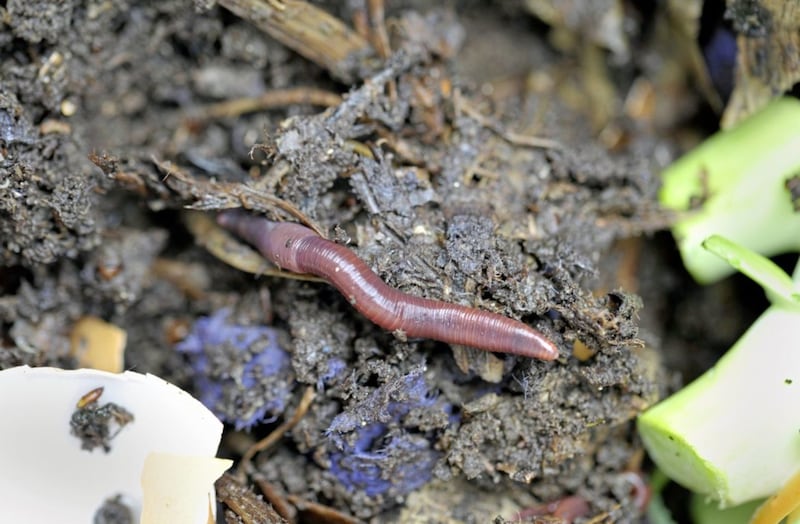I’ve been composting since I began gardening. My enthusiasm for gathering organic materials that will slowly rot down into a rich, friable substance that can be applied in a variety of horticultural contexts is often a source of mirth, and occasionally disgust, among those who know me.
I can’t bear to see a banana skin or coffee grounds wastefully discarded and will often spend a disproportionate amount of time shredding cardboard that will be added to my compostables to ensure the correct brown-green (carbon-nitrogen) balance.
Yet one common item of waste I’ve avoided composting for a long time is orange peel. I believe it was Gardener’s World presenter Monty Don who first alerted me to drawbacks of adding the natural outer layer of citrus fruits to your homemade compost. The peel of oranges, lemons and grapefruit “discourages worm activity”, was what he said.

Further research revealed that citrus peel can actually harm worms, which, as every gardener knows, are central to the ecology of our gardens and the composting process. Without worms, you’ll be waiting a long time for your kitchen waste to break down.
Worms breathe not through their mouths but through their skins, and certain kinds of foods, especially those which are acidic, will irritate and in some cases suffocate them. Fatty and oily foods, dairy, pasta, or bread can also interfere with the worm’s skin.
Read more:
Citrus fruit peel will also make your compost more acidic, and while this may be useful for tending ericaceous plants such as rhododendron and heathers, it’ll be much less effective elsewhere. Ideally, your compost heap, bin or wormery should have a roughly neutral pH of between 6.0 and 7.0, so it’s best avoid acidic materials.
Since I learned about the composting downside of citrus peel, they’ve joined the likes of potato peelings and other less-compost friendly items that go in the council-collected brown bin and are anaerobically digested on a grand scale.
However, an email dropped into my inbox last week that revealed a whole new aspect to citrus peel and the various ways it can be deployed in the garden. I don’t use the term lightly, but it could be something of a game changer, particularly given the number of oranges and grapefruits my wife gets through in a week.
The tips came courtesy of Storage Box Shop’s Sarah Lawson, who, according to the correspondence, is a food storage expert. However, many of the ‘hacks’ feature elsewhere.
“The versatility of orange peels extends far beyond the kitchen,” she says.
“By incorporating them into your garden practices, you not only contribute to a more sustainable and eco-friendly gardening approach but also unlock a host of benefits for your plants and soil.”
For instance, it’s noted how the scent of orange peel and other citrus fruits is unappealing to many garden pests, including ants and aphids. It’s recommended to scatter small pieces of peels around plants to keep these pests at bay. Works for cats too, apparently.
Other applications for citrus peel include infusing in water for a few days to make a nutrient-rich tea that can be used in diluted form as a feed, using it as a ‘decorative’ mulch, or incorporating small pieces of peel directly into the soil, where they’ll slowly decompose, releasing nitrogen, potassium, and phosphorus.
I may experiment with some of these, especially around my containerised hostas, but believe it’ll be some time yet before I’m back to putting orange peel in the compost bin.








